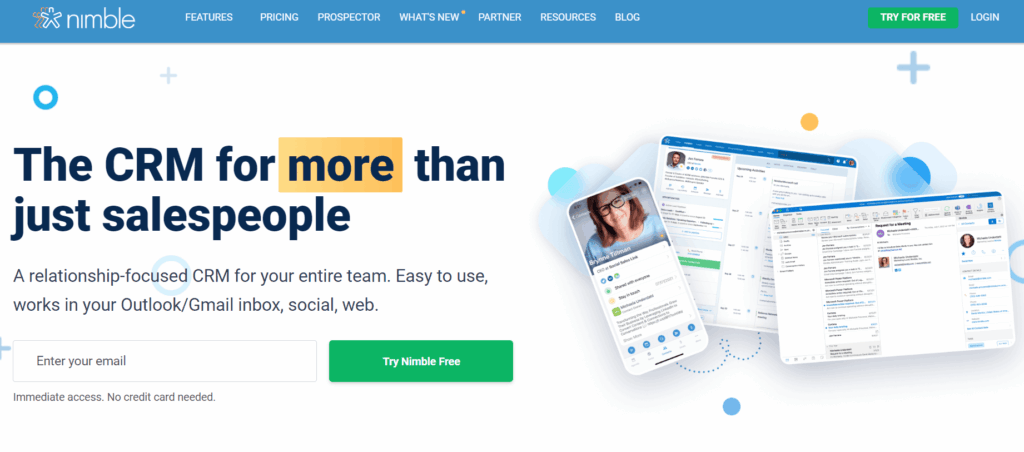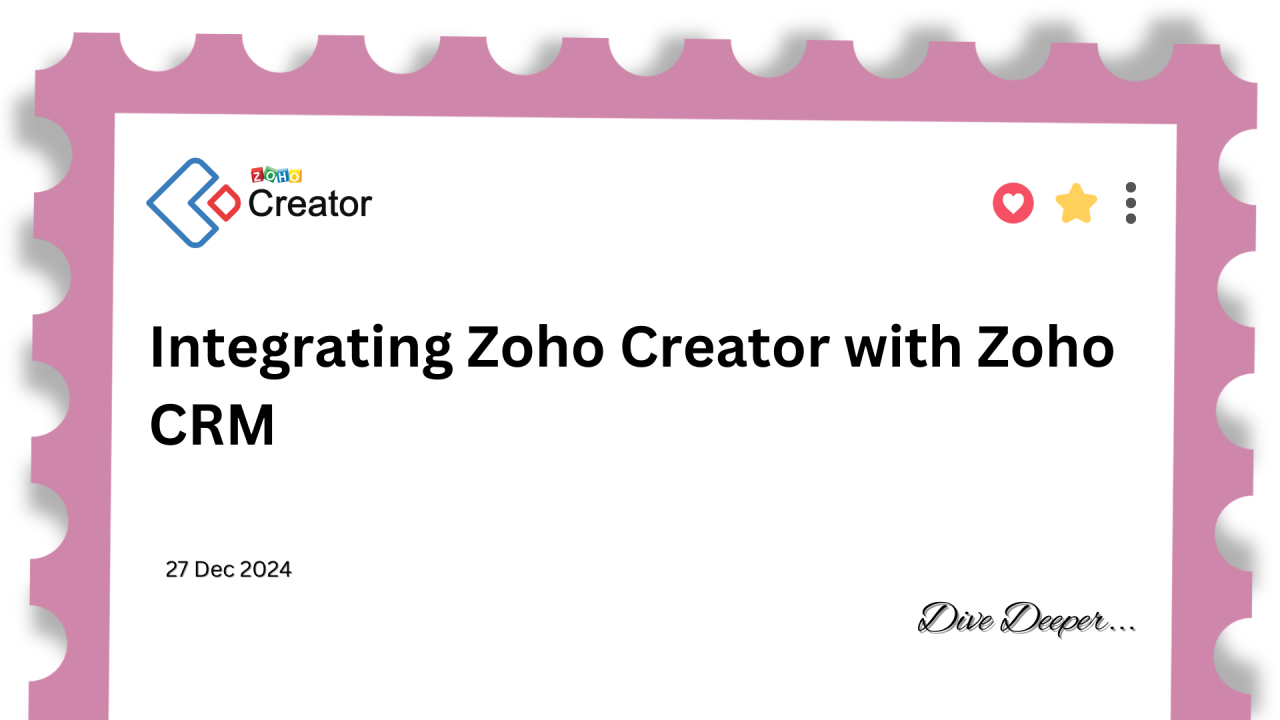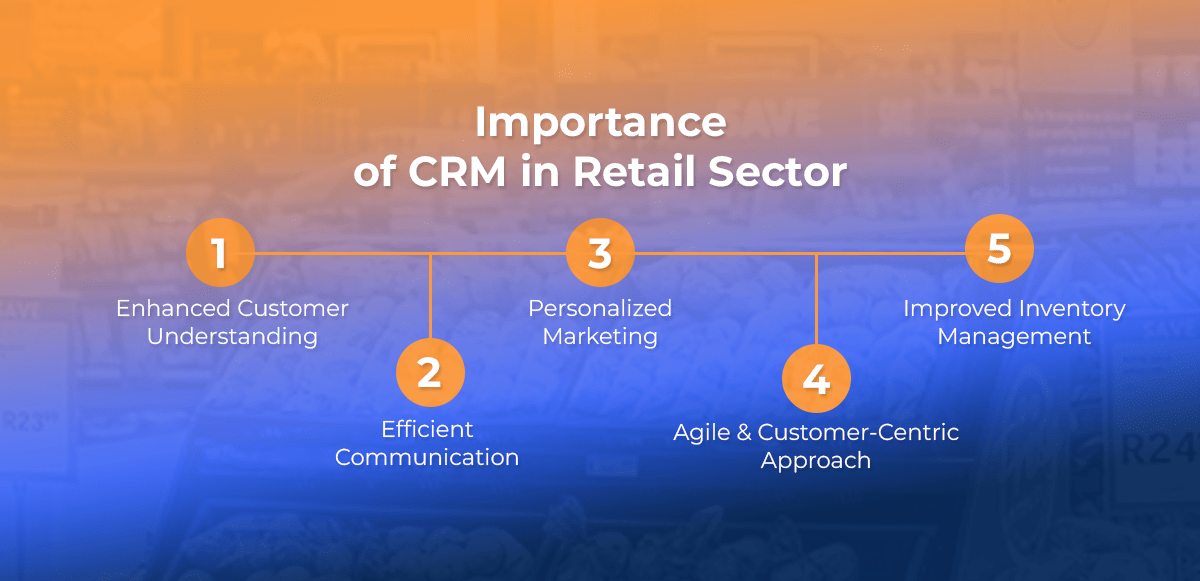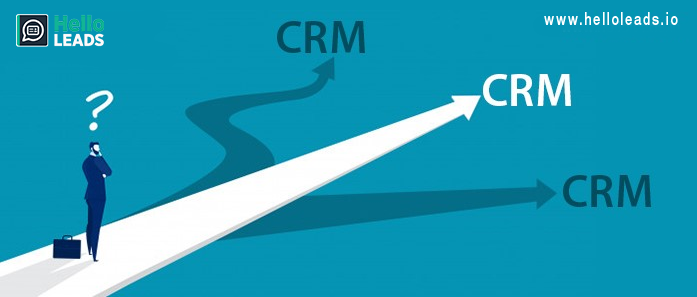
Small Business CRM Setup: Your Complete Guide to Customer Relationship Management
Starting a small business is an exciting journey, filled with challenges and triumphs. One of the most crucial aspects of running a successful small business is building and maintaining strong customer relationships. This is where a Customer Relationship Management (CRM) system comes into play. Setting up a CRM might sound daunting, but trust me, it’s a game-changer. This comprehensive guide will walk you through everything you need to know about small business CRM setup, from understanding the basics to choosing the right software and implementing it effectively.
What is a CRM and Why Does Your Small Business Need One?
Before diving into the setup, let’s clarify what a CRM is and why it’s so important for your small business. CRM stands for Customer Relationship Management. It’s essentially a system that helps you manage your interactions with current and potential customers. Think of it as a central hub for all your customer-related information. This includes contact details, communication history, sales pipelines, and much more.
Here’s why a CRM is essential for your small business:
- Improved Customer Relationships: A CRM allows you to personalize your interactions, understand customer needs better, and provide excellent customer service.
- Increased Sales: By tracking leads, managing the sales pipeline, and automating sales tasks, a CRM can significantly boost your sales.
- Enhanced Efficiency: Automate repetitive tasks, streamline workflows, and save time, allowing you to focus on growing your business.
- Better Data Management: Store all customer data in one place, making it easy to access, analyze, and use for informed decision-making.
- Improved Collaboration: Facilitate communication and collaboration among your team members by providing a shared view of customer interactions.
In short, a CRM is a powerful tool that can help you attract, retain, and grow your customer base, ultimately leading to increased revenue and business success.
Choosing the Right CRM Software for Your Small Business
The market is flooded with CRM software options, so choosing the right one can feel overwhelming. However, the key is to find a CRM that aligns with your specific business needs, budget, and technical capabilities. Here are some factors to consider when selecting a CRM:
1. Ease of Use
A CRM should be user-friendly and easy to navigate. If your team struggles to use the software, it won’t be effective. Look for a CRM with an intuitive interface, clear instructions, and helpful tutorials. Consider the learning curve and whether the software offers adequate support.
2. Features and Functionality
Identify the features you need. Basic CRM features include contact management, lead tracking, and sales pipeline management. However, depending on your business, you may need more advanced features such as:
- Marketing Automation: Automate email campaigns, social media posts, and other marketing activities.
- Sales Automation: Automate sales tasks like follow-ups, scheduling, and quote generation.
- Reporting and Analytics: Track key metrics, generate reports, and gain insights into your sales and marketing performance.
- Integration: Ensure the CRM integrates with other tools you use, such as email marketing platforms, accounting software, and social media channels.
3. Scalability
Choose a CRM that can grow with your business. As your customer base expands and your needs evolve, your CRM should be able to accommodate those changes. Look for a CRM that offers different pricing tiers and the ability to add users and features as needed.
4. Pricing and Budget
CRM software comes in various pricing models, including free, freemium, and paid subscriptions. Consider your budget and choose a CRM that offers the features you need at a price you can afford. Be sure to factor in the cost of training, implementation, and ongoing support.
5. Customer Support
Ensure the CRM provider offers reliable customer support. Look for options like email, phone, live chat, and a comprehensive knowledge base. Good customer support can be invaluable when you encounter issues or need assistance.
Here are some popular CRM software options for small businesses:
- Zoho CRM: A comprehensive CRM with a wide range of features, suitable for businesses of all sizes.
- HubSpot CRM: A free CRM with powerful features, ideal for businesses looking for a simple, user-friendly solution.
- Salesforce Essentials: A robust CRM with advanced features, suitable for businesses with complex sales processes.
- Pipedrive: A sales-focused CRM designed to help you manage your sales pipeline and close deals.
- Freshsales: A sales CRM that helps businesses to engage with customers across multiple channels.
Step-by-Step Guide to Setting Up Your CRM
Once you’ve chosen the right CRM software, it’s time to set it up. Here’s a step-by-step guide to help you get started:
1. Planning and Preparation
Before diving into the setup process, take some time to plan. Define your goals and objectives for using the CRM. Identify the key features you’ll be using and the data you need to import. Consider your team’s roles and responsibilities and how they will interact with the CRM. This planning phase will save you time and ensure a smoother implementation.
2. Account Creation and Configuration
Create your CRM account and configure the basic settings. This typically involves entering your company information, setting up user accounts, and customizing the user interface. Follow the CRM provider’s instructions for setting up your account.
3. Data Import
Import your existing customer data into the CRM. This includes contact details, company information, and any other relevant data you have. Most CRM systems allow you to import data from spreadsheets or other databases. Ensure your data is clean and organized before importing it to avoid errors.
4. Customization
Customize the CRM to meet your specific business needs. This may involve creating custom fields, adding custom objects, and configuring workflows. The level of customization will depend on the CRM software you’ve chosen and your business requirements. Spend time understanding the customization options available to you.
5. Setting up Sales Pipeline and Workflows
Define your sales pipeline and set up workflows to automate your sales processes. This involves creating stages in your sales pipeline, such as lead, qualified lead, proposal, and closed deal. Then, set up workflows to automate tasks like sending emails, scheduling follow-ups, and generating reports.
6. Integration
Integrate your CRM with other tools you use, such as email marketing platforms, accounting software, and social media channels. This will allow you to streamline your workflows and ensure data consistency across your different systems. Follow the CRM provider’s instructions for setting up integrations.
7. Training and Adoption
Train your team on how to use the CRM. Provide them with clear instructions, tutorials, and ongoing support. Encourage them to adopt the CRM and use it consistently. Successful CRM implementation depends on user adoption.
8. Testing and Refinement
Test the CRM to ensure it’s working correctly. Run tests to verify that data is being imported correctly, workflows are running as expected, and integrations are functioning properly. Make any necessary adjustments and refine your setup based on your testing results.
9. Ongoing Maintenance and Optimization
Once your CRM is up and running, it’s essential to maintain and optimize it regularly. This includes keeping your data clean, updating your workflows, and monitoring your performance. Continuously look for ways to improve your CRM setup and make it more effective.
Tips for Successful CRM Implementation
Setting up a CRM can be a smooth process if you follow some best practices. Here are some tips for successful CRM implementation:
- Start Small: Don’t try to implement everything at once. Start with the core features and gradually add more features as your team becomes comfortable with the system.
- Get Buy-In: Involve your team in the implementation process and get their buy-in. This will increase user adoption and ensure the CRM is used effectively.
- Provide Training: Offer comprehensive training to your team on how to use the CRM. Provide ongoing support and answer any questions they may have.
- Clean Your Data: Before importing your data, clean it up to ensure accuracy and consistency. This will save you time and prevent errors.
- Set Clear Goals: Define your goals and objectives for using the CRM. This will help you measure your success and track your progress.
- Monitor Your Performance: Regularly monitor your CRM performance and track key metrics. This will help you identify areas for improvement.
- Seek Expert Help: If you need assistance, don’t hesitate to seek expert help. CRM providers often offer implementation services and training.
Troubleshooting Common CRM Setup Issues
Even with careful planning, you might encounter some issues during your CRM setup. Here are some common problems and how to address them:
- Data Import Errors: If you encounter data import errors, review your data and ensure it’s formatted correctly. Check for missing fields, incorrect data types, and duplicate entries.
- Workflow Issues: If your workflows aren’t running as expected, check your settings and ensure they’re configured correctly. Verify that the triggers and actions are set up correctly.
- Integration Problems: If you’re having trouble with integrations, check the connection settings and ensure your accounts are connected. Review the documentation for the integrated tools and troubleshoot any error messages.
- User Adoption Problems: If your team is not using the CRM, provide more training and support. Address any concerns they may have and demonstrate the benefits of using the system.
- Performance Issues: If the CRM is running slowly, optimize your setup by reducing the number of custom fields, workflows, and integrations. Contact your CRM provider for assistance.
Maximizing the Benefits of Your CRM
Once your CRM is set up, it’s important to maximize its benefits. Here are some strategies to get the most out of your CRM:
- Use all the Features: Explore all the features your CRM offers and use them to their full potential.
- Analyze Your Data: Regularly analyze your CRM data to gain insights into your sales, marketing, and customer service performance.
- Personalize Your Interactions: Use your CRM data to personalize your interactions with customers and provide excellent customer service.
- Automate Your Tasks: Automate repetitive tasks to save time and improve efficiency.
- Stay Updated: Keep your CRM up-to-date with the latest features and updates.
- Get Feedback: Ask your team for feedback on how to improve your CRM setup and make it more effective.
By following these strategies, you can ensure that your CRM is a valuable asset to your small business.
Conclusion: Embrace the Power of CRM for Small Business Success
Setting up a CRM is a significant step towards building stronger customer relationships, increasing sales, and growing your small business. By understanding the basics, choosing the right software, and implementing it effectively, you can unlock the full potential of a CRM. Remember to plan carefully, get your team involved, and continuously optimize your CRM setup. With the right approach, you can transform your business and achieve lasting success.
Don’t let the initial setup process intimidate you. The benefits of a well-implemented CRM far outweigh the effort required. Embrace the power of CRM and watch your small business thrive. Take the first step today, and start building a brighter future for your business!


